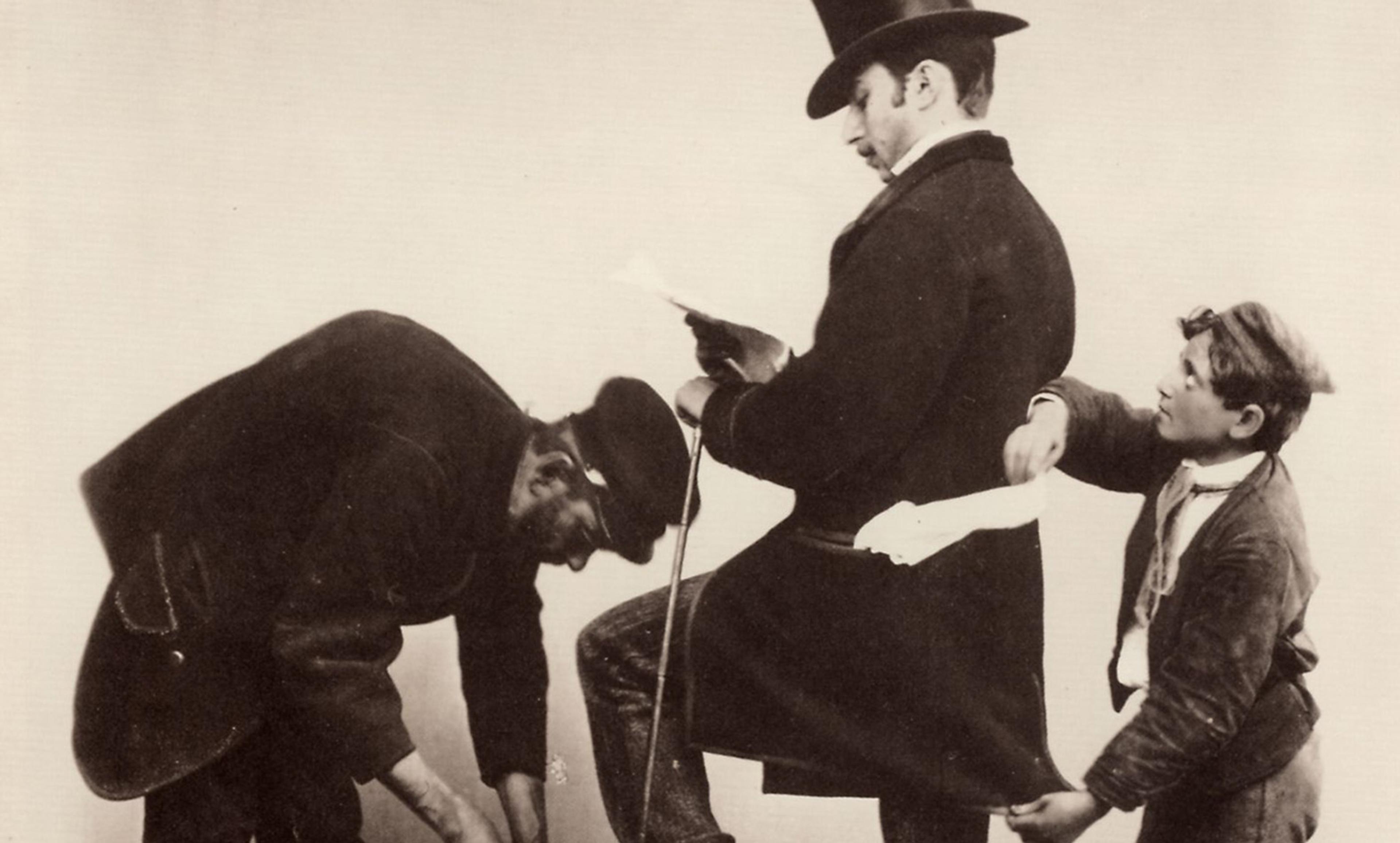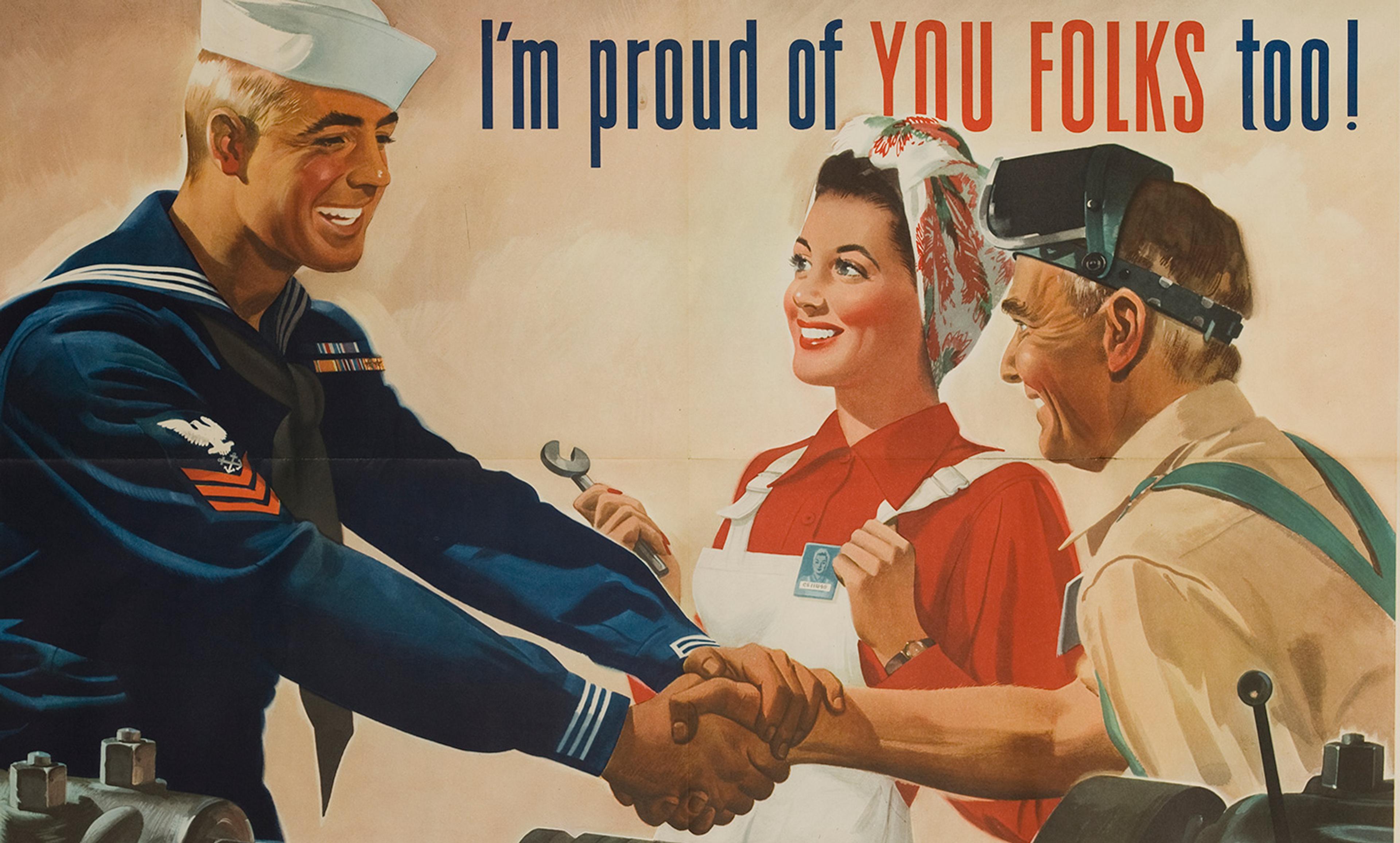Do not forsake me. Grace Kelly and Gary Cooper in High Noon (1952). Photo by Getty
Imagine that someone you care about is procrastinating in advance of a vital exam. If he fails the test, he will not be able to go to university, an eventuality of major consequence in his life. If positive encouragement doesn’t work, you might reverse strategy, making your friend feel so bad, so worried, so scared, that the only strategy left is that he starts studying like mad.
Sometimes, the only way to help someone seems to be a cruel or nasty approach – a strategy that may leave the ‘helper’ feeling guilty and wrong. Now research from my team at the Liverpool Hope University in the UK sheds light on how the process works.
We typically equate positive emotions with positive consequences, and there’s research to back that up. Numerous studies of interpersonal emotion regulation – how one person can change or influence the emotions of another – emphasise the value of increasing positive emotions and decreasing negative ones. Other studies show that making someone feel badly can be useful: anger is helpful when confronting a cheater, and hurting another’s feelings can give them an edge in a game.
Now, my team has documented the routine use of cruelty for altruistic reasons. To validate the phenomenon, we hypothesised the need for three conditions: the motivation to worsen someone’s mood needs to be altruistic; the negative emotion inflicted on the other person should help them achieve a specific goal; and the person inflicting the pain must feel empathy for the recipient.
To test what we call altruistic affect-worsening, we recruited 140 adults and told them that they were being paired with another, anonymous participant to play a computer game for a possible prize of £50 in Amazon vouchers – though in reality, there was no ‘partner’. Prior to play, participants were asked to read a personal statement ostensibly written by their opponent about a painful romantic breakup. Some participants were told to put themselves in the opponent’s shoes; others were instructed to remain detached, thus manipulating the degree of empathy felt towards the presumed competitor. Participants played one of two video games: in one, Soldier of Fortune, players had to kill as many enemies as possible and the goal was confrontational; in the other, Escape Dead Island, players had to escape a roomful of zombies without being killed, and the goal was one of avoidance.
After practising alone for five minutes, participants were asked to decide how the game should be presented to their opponents. Those who empathised more strongly with their opponents asked the experimenters to make the opponent angry for the confrontational game and fearful for the escape game – both states of mind that would give the opponent a higher shot at winning the prize.
Our study shows that the tendency to make another feel bad to help him succeed is far more prevalent when the provocateur feels empathy. What’s more, and especially surprising, is the finding that use of the technique is not random. In the shoot-’em-up game, empathetic participants chose music and images meant to induce anger; in the zombie game, they chose music and images conducive to fear. In both cases, these effects gave the opponents a boost toward winning.
In short, humans intuitively have an excellent sense of which negative emotion will work best as a motivator. And the participants’ actions were absolutely altruistic: they chose to induce emotions that they knew would be beneficial for their opponents to perform well in the games, while reducing their own chance of a prize.
Many questions still remain: is this process present during childhood and adolescence? If not, what factors contribute to its development? What strategies do people use to worsen others’ moods in real interactions? Our study looked at the phenomenon between strangers, but what happens when the protagonist and the opponent are close friends or family members? Other research suggests that, in that circumstance, the motivation to use the strategy could be even more pronounced. Studies that make use of diaries or videos, meanwhile, can shed light on how altruistic interpersonal affect-worsening operates in real life.
Finally, what are the limits of affect-worsening – and can even the most well-meaning, altruistic person end up doing harm? It might be that being cruel is not necessary, and that we are mistaken to think that the other person needs to feel bad in order to achieve long-term wellbeing. Or it could be that the outcome we want will actually worsen the life of the other person. To return to our opening story, perhaps the friend gets into college after prodding, but finds that college is the wrong path for him. Or perhaps the friend is vulnerable, and the strategy that helps him to achieve a goal also lowers his happiness and self-esteem, and provokes a downward spiral nonetheless.
Even if cruelty is effective, is it really the most effective strategy of all? In our original study, participants did not have the option to induce positive emotions in the ostensible opponent. Thus, we were unable to test if participants who experienced higher empathic concern might have wanted to increase their opponents’ wellbeing by inducing positive or happy emotions instead. Our research continues, but one thing is clear: empathising with others leads not only to help and support but also to cruelty. Only further studies will determine how – and if – cruelty can be effective and non-risky for our loved ones and our friends.
This Idea was made possible through the support of a grant from the Templeton Religion Trust to Aeon. The opinions expressed in this publication are those of the author and do not necessarily reflect the views of the Templeton Religion Trust.
Funders to Aeon Magazine are not involved in editorial decision-making, including commissioning or content-approval.






